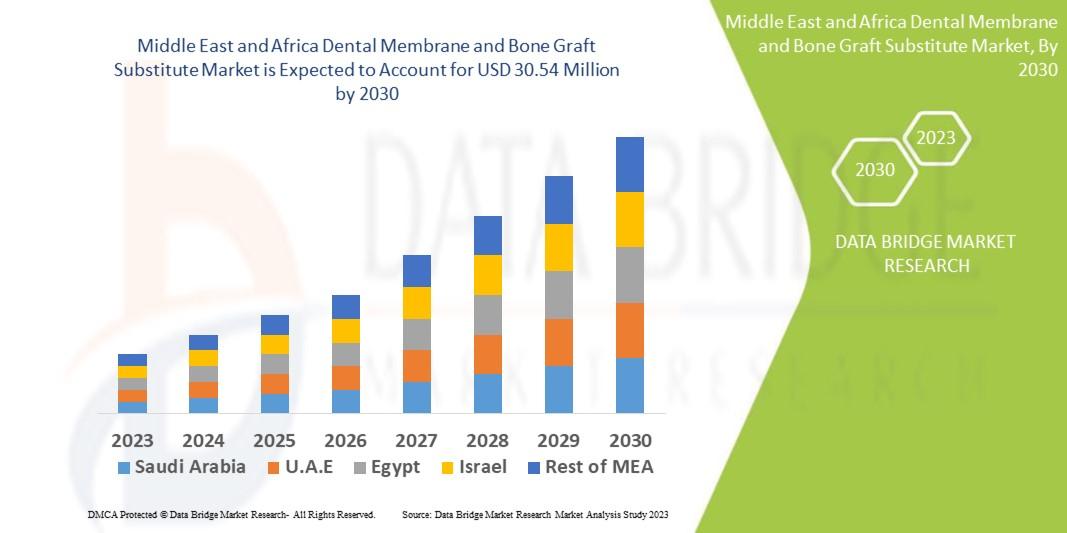Unmanned Aerial System Traffic Management Market Set for Dynamic Growth Amid Rising Drone Integration Across Global Airspaces

The Unmanned Aerial System Traffic Management Market is witnessing remarkable expansion as governments and aviation authorities worldwide focus on establishing safe, scalable, and efficient frameworks to manage increasing drone traffic. With the surge in commercial drone operations, the market is poised for robust growth, driven by digital transformation in aviation, automation technologies, and the global push toward advanced air mobility solutions.
Unmanned Aerial System (UAS) Traffic Management (UTM) plays a pivotal role in enabling the safe coexistence of manned and unmanned aircraft in shared airspace. The growing adoption of drones across industries—including logistics, agriculture, energy, and surveillance—has created an urgent need for structured traffic management systems. This need has accelerated innovation and investment in UTM solutions across both developed and emerging economies.
As urban air mobility evolves and drone delivery systems become commercially viable, UTM platforms are being integrated with real-time data analytics, artificial intelligence, and cloud-based communication systems. These technologies ensure efficient coordination between air traffic controllers, drone operators, and service providers, ultimately improving air safety and operational efficiency.
Request a Sample Report: https://researchintelo.com/request-sample/22176
Market Overview and Growth Outlook
According to Research Intelo’s latest findings, the global Unmanned Aerial System Traffic Management Market is projected to grow significantly over the next decade. Increasing drone traffic in both commercial and defense applications is a key growth catalyst. Governments are prioritizing the development of comprehensive regulatory frameworks to manage low-altitude airspace, driving global demand for UTM infrastructure.
Key market trends indicate a shift toward automated airspace management solutions that utilize artificial intelligence for conflict detection and resolution. The integration of Internet of Things (IoT) technologies is enabling real-time situational awareness, improving the precision of navigation and collision avoidance.
Moreover, the rise of drone-based logistics and e-commerce deliveries has intensified the need for scalable and flexible UTM systems capable of handling high volumes of aerial traffic. This factor is expected to generate substantial growth opportunities across regions such as North America, Europe, and Asia-Pacific.
View Full Report: https://researchintelo.com/report/unmanned-aerial-system-traffic-management-market
Market Drivers
Several factors are fueling the growth of the Unmanned Aerial System Traffic Management Market:
-
Rising Drone Usage: Expanding commercial drone operations for delivery, inspection, and surveillance is pushing the need for robust traffic management systems.
-
Government Support: Initiatives promoting safe drone integration and airspace modernization are stimulating UTM system deployments.
-
Technological Advancements: The inclusion of AI, blockchain, and cloud computing in traffic management enhances data integrity, automation, and interoperability.
-
Urban Air Mobility Development: The growing focus on eVTOL aircraft and drone taxis underscores the necessity of efficient low-altitude air traffic control systems.
These drivers collectively strengthen the foundation for market expansion, creating a favorable ecosystem for innovation and public-private partnerships.
Enquire Before Buying: https://researchintelo.com/request-for-customization/22176
Market Restraints
Despite the positive outlook, certain challenges could limit the growth of the Unmanned Aerial System Traffic Management Market. The absence of standardized regulatory frameworks across different nations poses significant integration hurdles. Moreover, high implementation costs, coupled with the complexity of coordinating between multiple stakeholders, remain key barriers.
Cybersecurity and data privacy concerns are also critical issues. As UTM systems rely on extensive communication networks, they become vulnerable to hacking and data breaches. Addressing these security challenges is essential to ensure the safe and reliable operation of UAS traffic management infrastructures.
Limited availability of advanced drone infrastructure in developing countries further constrains adoption. However, ongoing R&D initiatives and international collaborations are gradually addressing these gaps, paving the way for future growth.
Market Opportunities
The next phase of growth in the Unmanned Aerial System Traffic Management Market lies in smart city development, autonomous aerial logistics, and next-generation communication technologies such as 5G and satellite-based tracking. These innovations are enabling seamless connectivity between drones, control centers, and regulatory authorities.
Emerging economies are rapidly exploring UTM deployment to support agricultural monitoring, infrastructure inspection, and emergency response operations. Furthermore, the growing interest in air taxi services and urban drone corridors offers vast potential for technology developers and policymakers alike.
Opportunities also exist in integrating UTM with digital twins and simulation tools to model complex air traffic scenarios, thereby optimizing real-world operations and minimizing risk.
Check Out the Report: https://researchintelo.com/checkout/22176
Market Dynamics
The Unmanned Aerial System Traffic Management Market is characterized by a dynamic ecosystem of regulatory agencies, technology providers, and service integrators collaborating to build interoperable frameworks. The market is typically segmented by:
-
Component: Hardware, software, and services.
-
Solution Type: Communication infrastructure, flight information management, conflict management, and surveillance systems.
-
End-User: Commercial, government, and defense.
-
Region: North America, Europe, Asia-Pacific, Latin America, and the Middle East & Africa.
North America currently dominates the global landscape due to strong regulatory initiatives and early adoption of drone technologies. Meanwhile, Asia-Pacific is projected to witness the fastest growth owing to rising investments in smart infrastructure and drone traffic research.
Technological Landscape
Innovation remains at the core of market evolution. AI-powered predictive analytics is enabling autonomous decision-making in airspace management. Cloud computing facilitates scalable UTM operations, while blockchain technology ensures data transparency and traceability.
The integration of advanced sensors and communication networks supports real-time monitoring and improved coordination between unmanned and manned systems. These developments are gradually shaping the future of air traffic management, making it safer, more efficient, and sustainable.
Future Outlook
As drone applications multiply and air mobility becomes mainstream, the Unmanned Aerial System Traffic Management Market will play a vital role in maintaining safety, efficiency, and environmental sustainability. Investments in infrastructure, policy harmonization, and public-private collaboration will be essential to support the expected surge in drone operations.
Over the coming years, increased focus on digital transformation in aviation, combined with rapid urbanization, will drive the demand for intelligent traffic management systems. The convergence of AI, IoT, and cloud technologies will redefine airspace management, opening doors to a new era of connected, autonomous aerial operations.
Conclusion
The Unmanned Aerial System Traffic Management Market is entering a transformative phase, characterized by innovation, regulatory support, and expanding commercial use cases. With global stakeholders actively investing in next-generation air traffic solutions, the future of unmanned aviation looks promising.
Research Intelo’s latest report offers an in-depth analysis of market trends, technological developments, and emerging opportunities shaping this fast-evolving sector.





